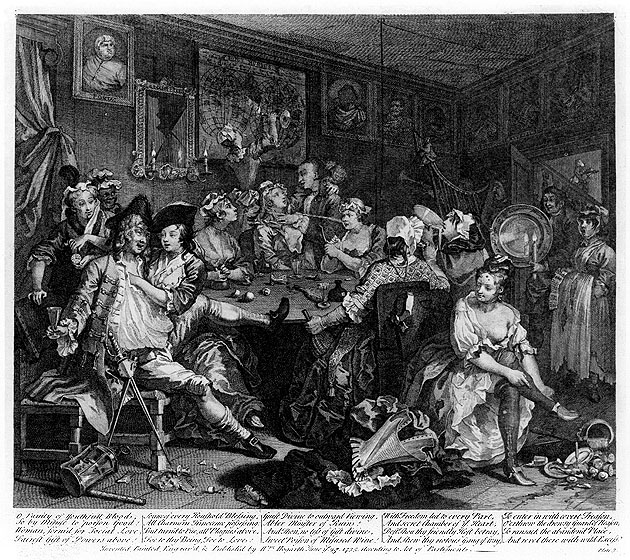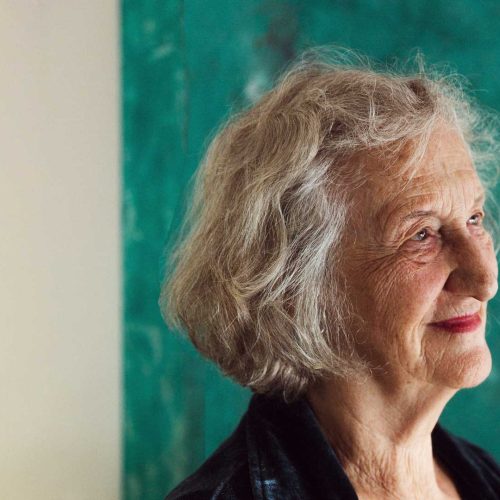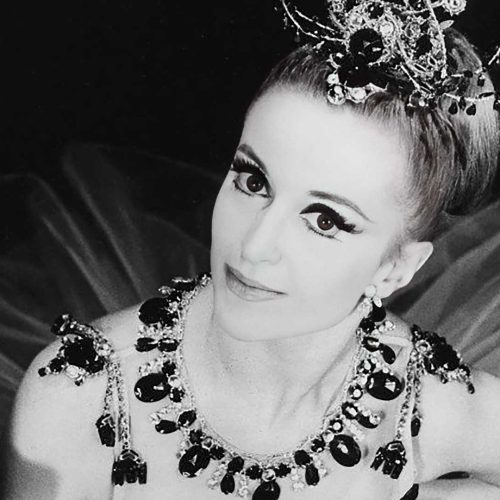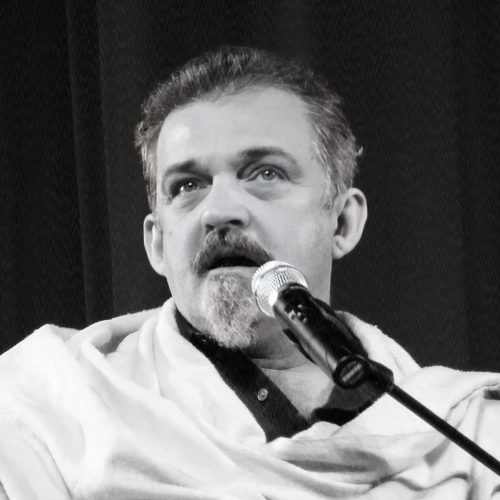The Rake’s Progress was first performed by the Vic-Wells Ballet at the Sadler’s Wells on 20 May, 1935. It is a ballet in six scenes with music by Gavin Gordon and sets and costumes by Rex Whistler. The choreography is by Ninette de Valois and is a brilliant synthesis of dance, mime, music and design. It was thus a perfect homage to the values of Serge Diaghilev, as well as an illustration of De Valois’ instinctive understanding of the approach she needed in building a company to satisfy dancers and audiences alike.
The ballet is based on paintings by William Hogarth, the famous artist and satirist of 18th-Century London. In her choreography, De Valois closely follows Hogarth’s images, which depict the decline and fall of Tom Rakewell, a hapless, rich young man who leads a dissolute life, has a disastrous marriage, gambles his fortune away, is sent to prison and dies a miserable death in Bedlam, a notorious asylum for the insane. Standing out from this tale of failure and decline is Sarah Young, Tom’s original fiancée, the one sympathetic character who is with him at the end.
The characters that relentlessly hound him to his death – hangers-on, lawyers, prostitutes and officials – are presented in realistic caricatures. By contrast Sarah, luckless in a love that is betrayed, is succinctly and vividly portrayed. Her choreography evokes marvellously her exhortations to save Tom from his final despair and madness, the whole scene capturing the bleak misery of a man’s inability to control his destiny when at the mercy of personalities and forces stronger than his own.
The original cast included Walter Gore and Alicia Markova.




